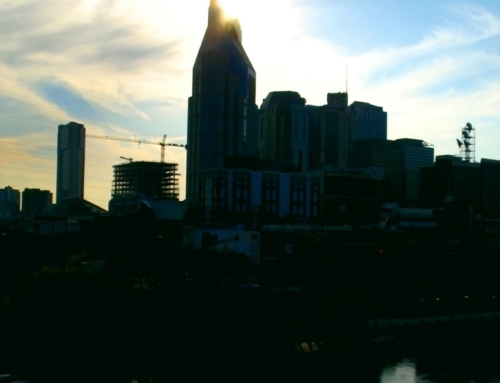Andrew Greeley, the priest and sociologist turned novelist, and Malachi Martin, the ex-Jesuit and non-fiction writer turned novelist, have both written angry books that assail the Catholic Church. Greeley is angry that the Church hasn’t adopted as many reforms as he would like and Martin is angry that the Church has adopted too many reforms. Both are stuck on Vatican II: Greeley wants more changes and Martin says we’ve had too many. And both blame the other side for the current condition.
Who will succeed Pope John Paul II? Greeley’s White Smoke and Martin’sWindswept House describe the struggle for power that takes place once the end of the Pontiff’s reign is imminent. Greeley’s bad guys are the Corpus Christi Institute, a far right-wing group that is determined to stop the reformist favorite, Cardinal Menendez y Garcia. Martin’s bad guys are a collection of new world order schemers working in tandem with the progressives in the Church. Both authors conclude that the left gets its way in the end.
For Greeley, the Church is comprised of women-hating, elitist bureaucrats bent on secrecy. Father Greeley introduces us to financial scandals in the Vatican, deranged anti-abortionists, a Church that ignores the laity and an authoritarianism that would make the Pentagon blush. Here’s where we stand at the moment: “The Church is not united. There is more division than ever. The clergy are restless, the people are dissatisfied, there are sex scandals in every country, the pope has become a figurehead as far as the priests and the people are concerned–not only on sex but on everything else….”
For Martin, things are even worse. During the papacy of John Paul II, “the Roman Catholic organization carried a permanent presence of clerics who worshipped Satan and liked it; of bishops and priests who sodomized boys and each other; of nuns who performed the ‘Black Rites’ of Wicca, and who lived in lesbian relationships within as well as outside of convent life.” Moreover, as Martin explains, “acts of heresy and blasphemy…were committed and permitted at holy Altars by men who had been called to be priests. Sacrilegious actions and rites were not only performed at Christ’s Altar, but had the connivance or at least the tacit permission of certain Cardinals, archbishops and bishops.”
Now lest someone think that these are simply novels, think again. Both Greeley and Martin have told Peter Steinfels of the New York Times that their description of the Catholic Church is positively true. It is no wonder that Steinfels chided Greeley for his one-sided portrait and that he charged Martin with fanning the flames of anti-Catholicism. He’s right on both counts.
That the Catholic Church has its problems is nothing new, but that it has problems on the scale that Greeley and Martin describe is pure hype. Perhaps it’s because I have a visceral aversion to devil’s theories that I find both books implausible, or perhaps it’s because my experiences with the Church allow for a different interpretation. In any event, the stereotypes that both men project tell us much more about their own mind-set than the current status of the Catholic Church.
Both novelists are fascinated with the degree of dissent in the Catholic Church, and both do their level best to convince the reader of just how serious the matter is. Yet when the Catholic League commissioned a survey of American Catholics last year, we found that 83 percent of those who expressed a desire for changes said that they would be as committed, if not more committed, to the Church if no changes were made. What the people are saying is that despite certain reservations with some Church teachings, their passion for change is not intense. Put differently, most Catholics do not share the discontent that afflicts Greeley and Martin.
It is striking that this Pope is perhaps the most beloved human on earth, not simply among Catholics, but among non-Catholics as well. Yet Greeley and Martin find in Pope John Paul II the most detestable, if wholly contrary, attributes. Greeley hammers the Pope for standing in the way of reform and Martin blasts him for allowing too many to occur with impunity. While a legitimate case can be made for both positions, what is really detestable is the way both authors mix truths, half-truths and outright falsehoods together, the result of which is a rather sick soup.
I have no idea who the next Pope will be, but I doubt that whoever he is that Greeley or Martin will be satisfied. There isn’t an accelerator fast enough for Greeley to push and there aren’t brakes strong enough for Martin to pump. Rank-and-file Catholics, however, are mature enough to handle whoever the new Pope may be, and that will leave the malcontents sitting on the sidelines once again.






